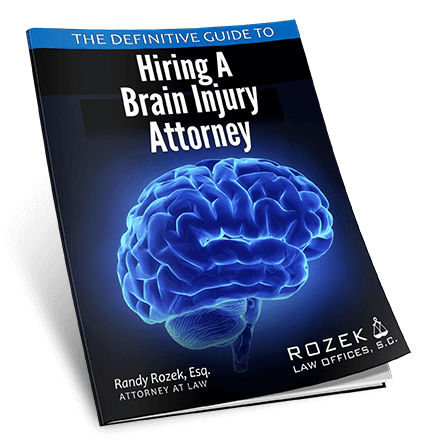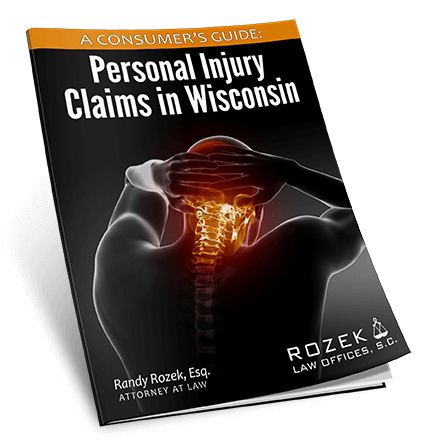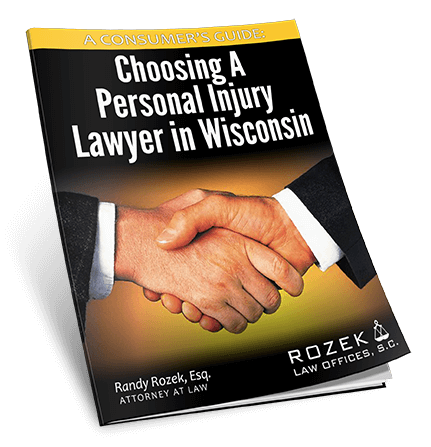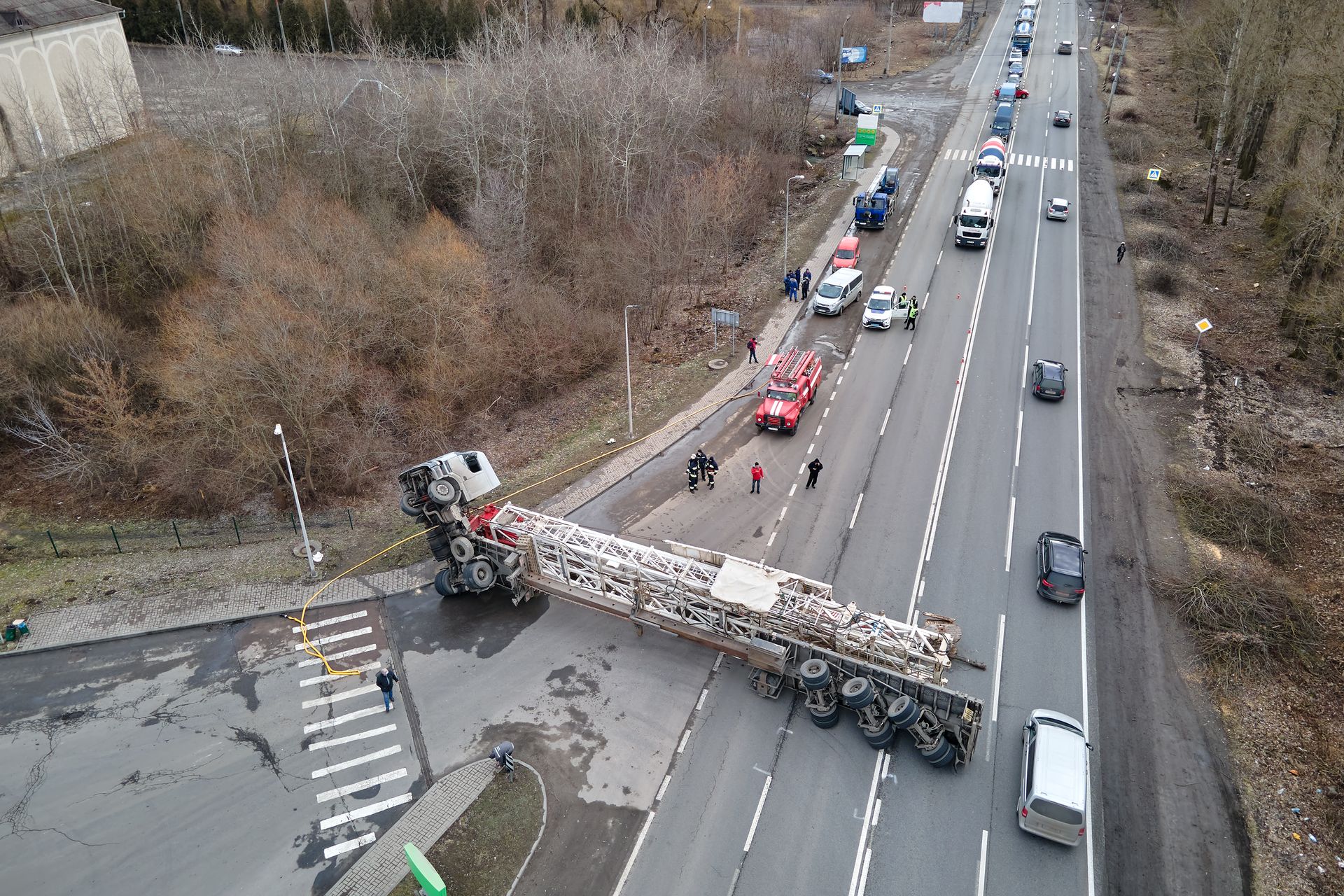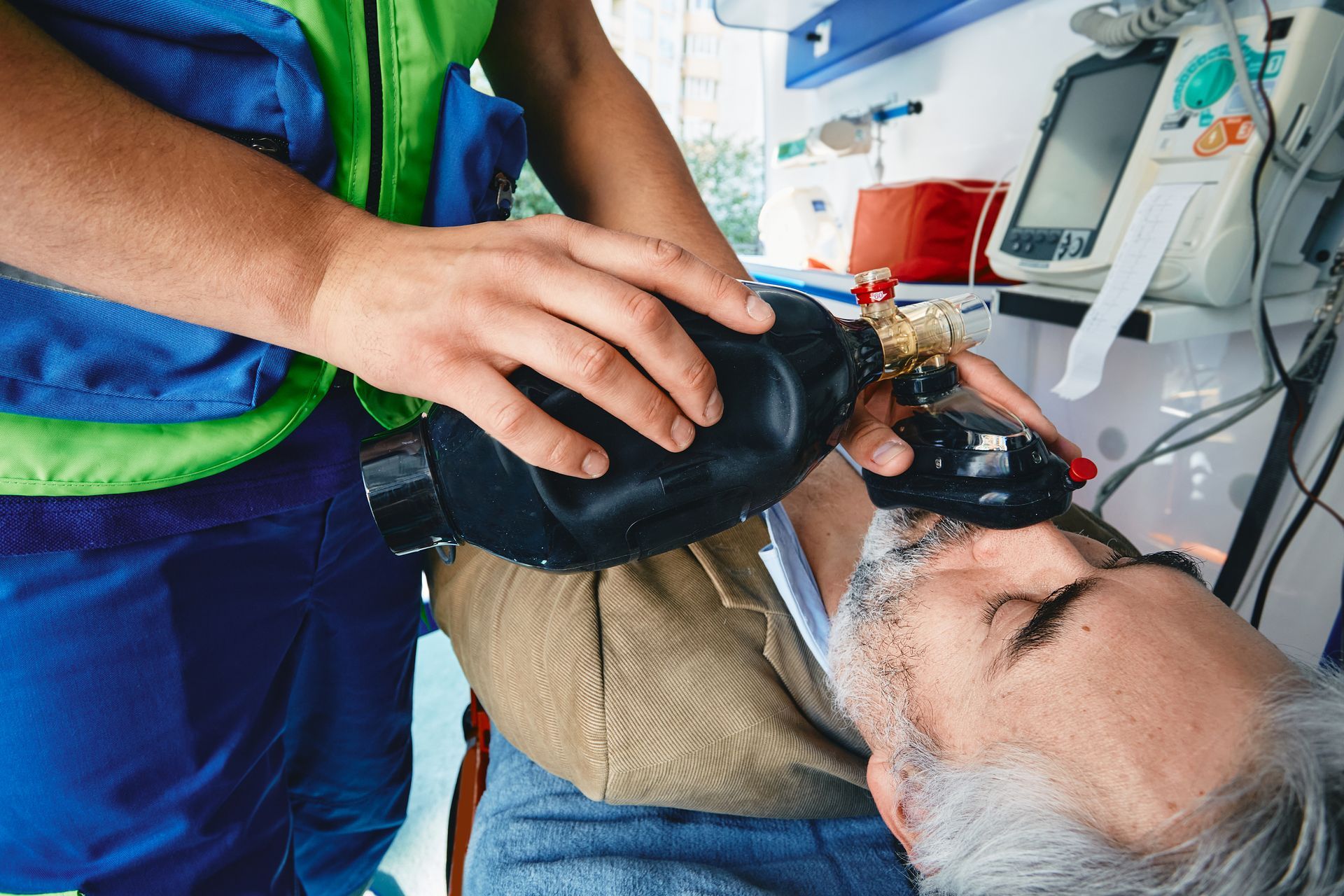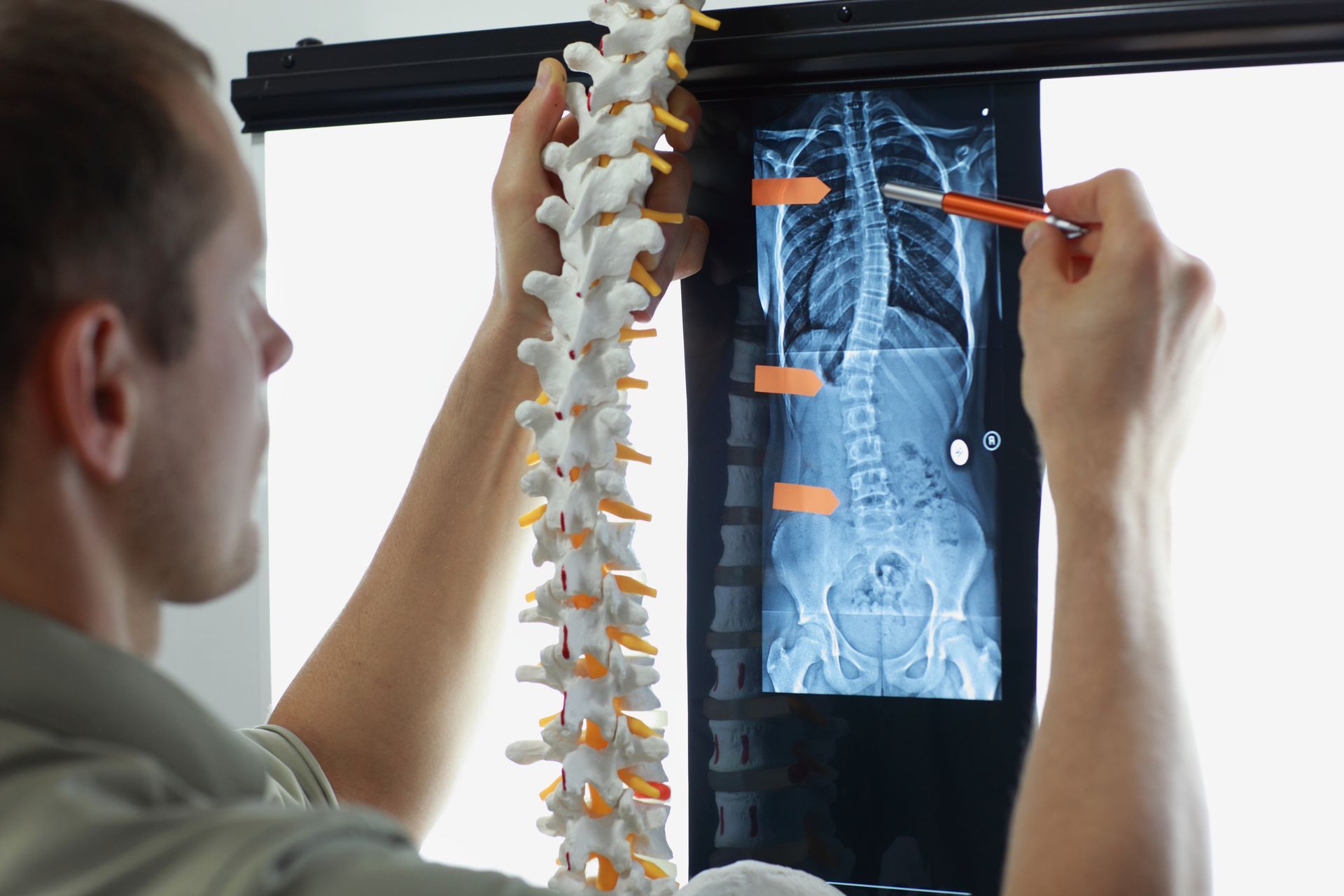Bicycle Accident Lawyer in Wisconsin

Wisconsin Bicycle Accident Attorney
Bicycle Accident Attorney
Milwaukee, Wisconsin – Bicycling is an excellent means of transportation, even in Wisconsin’s climate. The benefits of bicycling are numerous: health, environmental impact, economical, etc.
Unfortunately, bicycle accidents can result in catastrophic injuries. Each year there are over 1,000 Wisconsin bicycle crashes that result in serious injury
or death to the bicyclist. Fortunately, bicycle crashes in Wisconsin have declined for the past several years. The most likely reason for this decrease is an increase in properly designated bicycle lanes as well as increased education about bicycle safety.
The majority of bicycle crashes occur in Milwaukee County and Dane County, where it is quite common for bicyclists to commute to work. Most serious Wisconsin bicycle accidents occur between a car and a bicycle. Also, in the majority of these crashes, the automobile operator is at fault for causing or contributing to the crash. For detailed statistics please refer to the Wisconsin Department of Transportation Bicycle Crash Analysis.
When choosing a lawyer, it is critical that you hire an experienced Wisconsin Bicycle Accident Lawyer. You should be comfortable with your lawyer’s experience handling Wisconsin Bicycle Accident Personal Injury Cases. in which you have been involved. Contact an Experienced Wisconsin Bicycle Accident Lawyer.
While we have offices in Milwaukee and Madison, we handle bicycle accident cases that happen throughout Wisconsin.
According to Wisconsin law, bicycles are considered “vehicles” on Wisconsin roadways. Other motorists are required to treat bicyclists just as they treat all other vehicles. At the same time, bicyclists must obey the Wisconsin Rules of the Road. Oftentimes, bicyclists do not realize they are required to follow the rules just as a motor vehicle does. Follow this link for a detailed summary of the Wisconsin Statutes regarding Wisconsin Bicycle Law.
Most Common Wisconsin Bicycle Accident Law Questions
- Helmets
– helmets are not required for operation of a bicycle – If you are injured in a Wisconsin bicycle accident, your damages should not be reduced due to not wearing a helmet.
- Riding on the Sidewalk
– bicyclists are prohibited from riding on the sidewalk by Wisconsin statute. However, your local city or town may have an ordinance allowing bicyclists to be operated on the sidewalk.
- Riding in the Crosswalk
– crosswalks are considered sidewalks, therefore, bicyclists are prohibited from riding in sidewalks. However, your local city or town may have an ordinance allowing bicyclists to be operated on the sidewalk.
- Hand Signals
– bicyclists are required to give hand signals. Left Turn – hand and arm extended horizontally. Right Turn – hand and arm extended upward. Stop or Slow Quickly – hand and arm extended downward.
- Light – bicyclists operating in the dark must have a light.
All of these rules are required for the operation of a bicycle. However, if you were injured in a Wisconsin bicycle crash and you failed to abide by the Wisconsin Bicycle Rules of the Road, that does NOT mean you do not have a legitimate personal injury case. Your actions will be compared to the actions of the other motor vehicle operator. If you are found to be 50% or less at fault, then you are entitled to recovery. Oftentimes, a jury will determine that the motor vehicle operator was more at fault because of a general understanding that motorists should be more careful when operating near bicyclists. We have successfully represented bicyclists in similar situations and we have been able to overcome such defenses.
When choosing a bike accident lawyer, it is critical that you hire an experienced Wisconsin Bicycle Accident Lawyer. You should be comfortable with your lawyer’s experience handling Wisconsin Bicycle Accident Personal Injury Cases. in which you have been involved. Contact an Experienced Wisconsin Bicycle Accident Lawyer.
Avoiding Wisconsin Bicycle Accidents
A. Rules for Wisconsin Motorists to Avoid Bicycle Accidents
The Wisconsin Department of Transportation suggests that motorists abide by the following rules for bicycle accident prevention:
- Bicycles are vehicles. They belong on the road.
- Cyclists need room to get around potholes, sewer grates and other obstructions.
- Leave at least three feet when passing bicycles, more room at higher speeds.
- Change lanes to pass any bicycle traveling in a narrow lane.
- Train yourself to scan for fast moving (it’s hard to tell speed) bicycles and motorcycles in the opposing lane to you when turning left, and scan sidewalks and crosswalks for pedestrians and bicyclists using the sidewalk and crosswalk as a pedestrian. Always scan to your right side sidewalk before you leave a stop light or stop sign. And to the left and right side sidewalks when on a one-way street.
B. Rules for Wisconsin Bicyclists to Avoid Accidents
The Wisconsin Department of Transportation suggests that bicyclists abide by the following rules for bicycle accident prevention:
General Rules
- Ride at least three feet from the curb or parked vehicles or debris in curb area and in a straight line. Don’t swerve in and out around parked vehicles.
- Always ride in the same direction as traffic.
- Sidewalk riding for bicyclists past the learning stage and being closely supervised by adults can be more dangerous than on the road, obeying traffic laws. It is also illegal unless the community has passed an ordinance specifically permitting sidewalk riding. This can be age-restricted, location-restricted or based on the type of property abutting the sidewalk.
- Obey all traffic laws.
- Be predictable! Let other users know where you intend to go and maintain an understood course.
Narrow Lanes
- Ride in the center of the lane.
- Keep at least three feet between yourself and passing or parked traffic.
Wide Lanes
- Ride just to the right of the actual traffic line, not alongside the curb.
- Keep at least three feet between yourself and the curb or from parked vehicles.Motorists should be passing you with at least 3 feet of clearance.
Don’t Get the Door Prize!
- Ride in a straight line three feet out from parked cars. You’ll avoid car doors that open in front of you and you’ll be more visible to other drivers.
- Don’t pull into the space between parked cars. Ride just to the right of the actual traffic line, not alongside the curb.
- Ride straight, three feet from parked cars – don’t get “doored.”
Take The Lane
You will fare better with other road users if you function like a legal vehicle operator, which you are.
- Right turning motorists can be a problem, but taking the lane or more of the right portion of the wide curb lane can prevent this. Take an adult bicycling course to learn skills and develop confidence in traffic.
- Left turning motorists are the cause of most adult bicyclists’ crashes. Motorists claim not to see the cyclist who is traveling in a straight path in the opposite direction.
Bicyclists, when making your own left turn look over your left shoulder for traffic, signal your left turn and change lanes smoothly, so you are to the left side or center of the through lane by the time you reach the intersection.If a left turn lane is present, make a lane change to center of that lane.Do not move to left of that lane as left-turning motorists may cut you off.
- Do not wait until you reach the crosswalk, then stop and try to ride from a stop across other traffic. If you need to cross as a pedestrian, leave the travel lanes, then get into the crosswalk, walking or riding your bicycle like a pedestrian travels, not fast, and with pedestrian signals.
Lane positioning can be especially important in approaching a downhill intersection. Moving to the center makes you more visible to intersecting and left turning motorists in opposing lanes.
- Going downhill, your speed is likely to be closer to traffic speeds or posted speed limits. Hugging the curb when there are visual barriers increases your chance to be struck by a bigger vehicle, or of hitting a pedestrian or sidewalk riding bicyclist.
- Take the lane, be seen and see other traffic better if you are close to traffic speeds.
How To Ride
Wear bright colors during the day and retro-reflective items at night along with headlight and taillight to increase your visibility to other road users.
- Wear a bicycle helmet on every ride to reduce your chance of head injury in event of a fall or crash. Most serious injuries from a fall or crash are to the head and most frequently, the forehead, so wear helmet level with the ground, just above the eyebrows.
Be aware of changing road surfaces, new construction or unusual barriers on the roadway, distracters for both you and other vehicle operators.
- Leaves can be slippery in the early morning and are a hazard even when slightly damp. Distractions such as dogs, wild animals and even humans can draw attention from the roadway and lead to a crash. Expect them.


